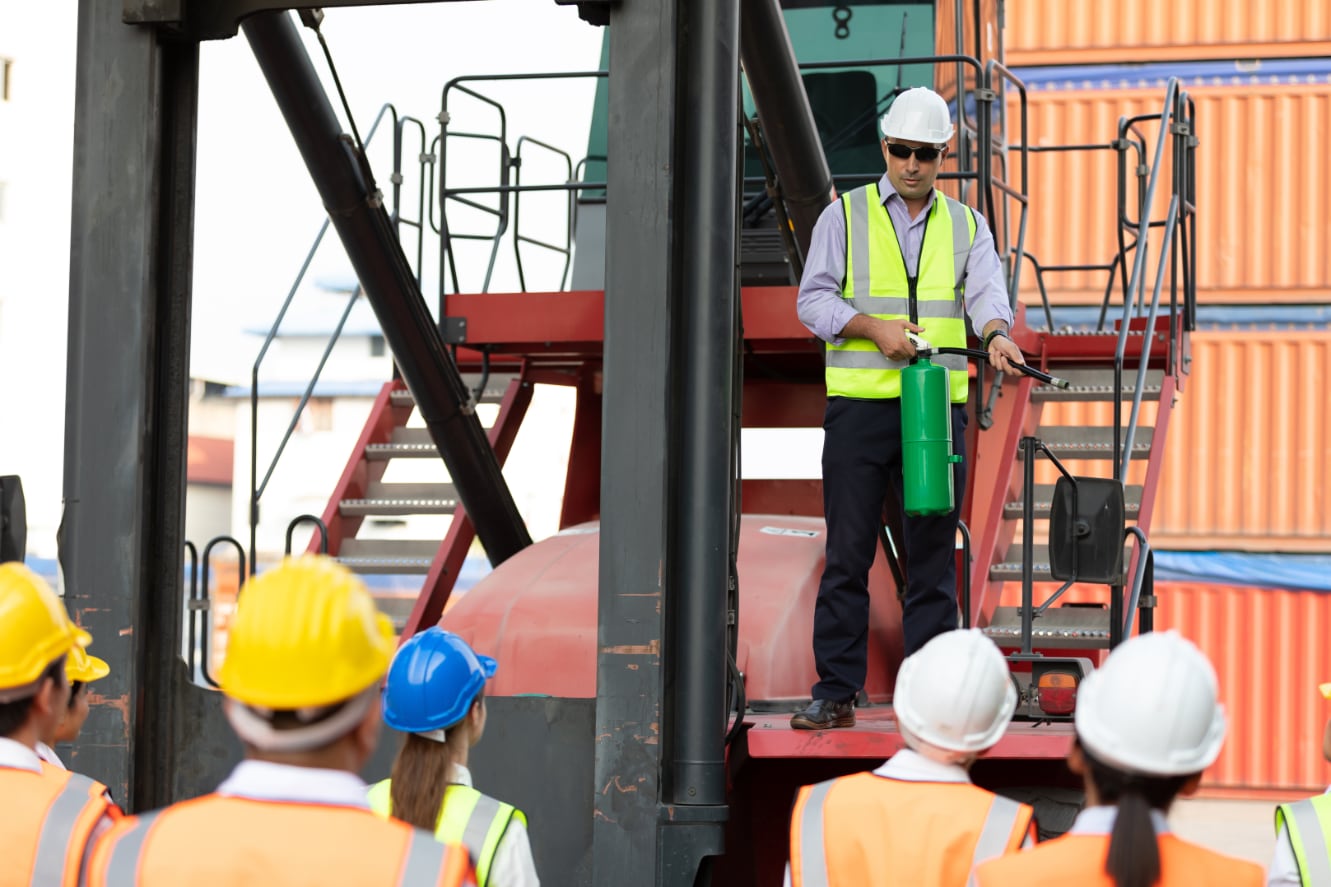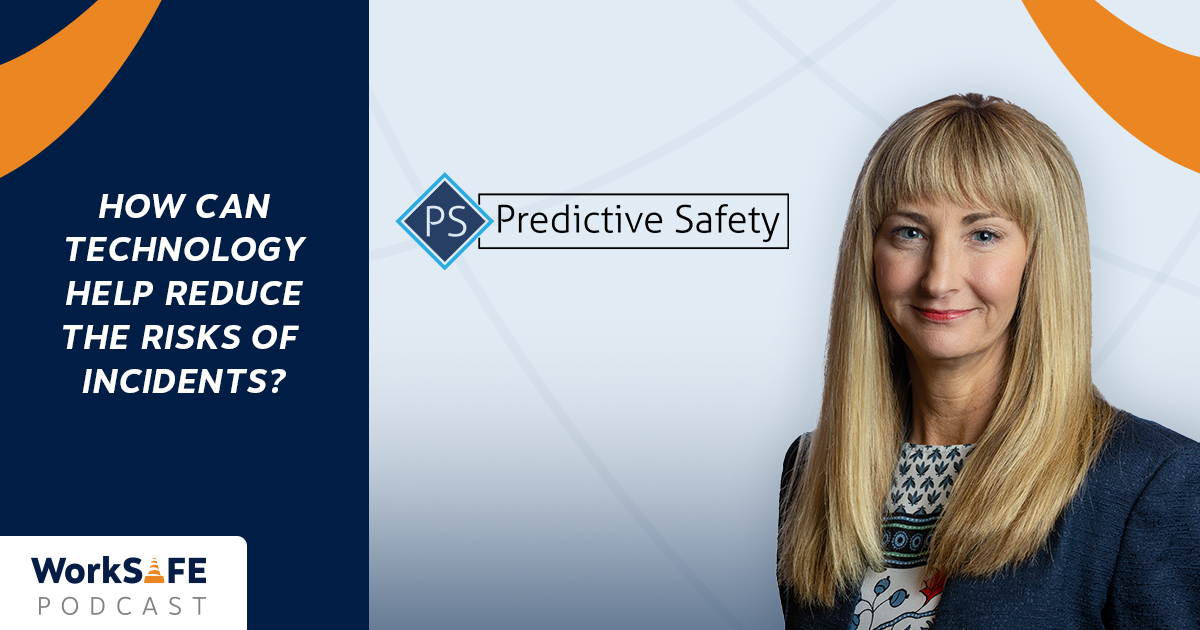For many safety professionals, determining the causes of incidents and near misses can be a frustrating process, especially when workers fear being reprimanded. This leads to finger-pointing and scapegoating, which does nothing to identify and address the actions, behaviors, and circumstances that led to the incident, nor does it help improve the safety system. In fact, it may just compound existing issues that have contributed to a negative safety culture.
Furthermore, safety personnel and management may fall into bad habits of thought, approaching their investigation with the notion that worker behavior and/or the hazards present in the worksite environment are the sole causes. Though such things may be immediate causes, some true root causes could be deficiencies in effective communication between managers, safety personnel, or supervisors and the frontline workers.
In a recent article for EHS Today, consultant David A. Galloway highlights such a deficiency in an example in which a supervisor assigns a “critical path” task to a team of workers. His instructions focus on the urgency of the task and the speed at which it must be completed. At the end of the instructions, he reminds them simply to “Be safe,” tacked on almost as an afterthought. Because working safely was not at the heart of the message and was not given equal emphasis to the task’s urgency, the team of workers prioritizes speed over safety just as the supervisor’s message did. As a result, the workers believed safety shortcuts were expected and acceptable to get the job done on time, even when management likely felt otherwise.
When a workforce believes that safety shortcuts are necessary or expected, management should also expect accidents to occur. Because safety professionals, managers, and site supervisors are not always expert communicators, the culture of a workplace must help facilitate more effective safety communication. Messages from supervisors and management must consistently and clearly establish that safe work is a necessary outcome of any job task. The assumption that workers will not take shortcuts despite the supervisor’s emphasis on expediency and not safety does them a grave disservice.
Often, when an operation has gone a long time without incidents, the regularity of safety communication can fade because safe performance becomes assumed. A supervisor could think, “I don’t need to harp on about safety because we haven’t had an accident in two years,” but this kind of thinking is bad logic. A long stretch without an accident or near miss, although a good thing, is not always necessarily a sign of safe work or regulatory compliance; it is a sign of only avoiding an accident. For example, your young child may have avoided falling off the dresser, but it doesn’t mean that climbing up there in the first place was a safe thing to do. Strong safety leadership would recognize that as more time passes without an accident, accidents seem less likely to occur, concerns and questions about safety dwindle, and complacency sets in. Safe work cannot be assumed; it must be proactively ensured.
“A supervisor could think, “I don’t need to harp on about safety because we haven’t had an accident in two years,” but this kind of thinking is bad logic.”
Emphasizing safety in specific ways through regular, effective communication is paramount to proactive safety management. For instance, during tailgate or toolbox talks before undertaking tasks or beginning shifts, experts agree that specific safety concerns for the job should be discussed in particular detail. Workers should also be encouraged to speak up and ask questions regarding their safety concerns, whether during the toolbox talk or at the worksite. Effective communication should be two-way, not a top-down monologue. When supervisors and management are receptive to—and act upon—the safety concerns of their employees, the employees feel that their safety is taken seriously and their first-hand experience at the worksite is valued.
Consistent, frequent, and open safety communication is a key characteristic of positive safety cultures and proactive safety systems, and more and more companies see the benefits that improving their safety systems and cultures can have on employee morale, productivity, and company reputation.
Predictive Safety has the products and services that can help your company achieve better safety outcomes and thus remain competitive in your industry, get in touch today to see how we can change safety dynamics at your business.
Safer, More Productive Shifts Can Start Today
Request a no-obligation Discovery Meeting, and a member of our team of fatigue-risk mitigation experts will walk you through this revolutionary technology so you can run safer, more productive shifts.
Fill out the form below, and we'll follow up to:
- Ask a few additional questions about your situation
- Understand your scope and timeline
- Determine if there's a good fit
- Schedule your Discovery Meeting
"*" indicates required fields











